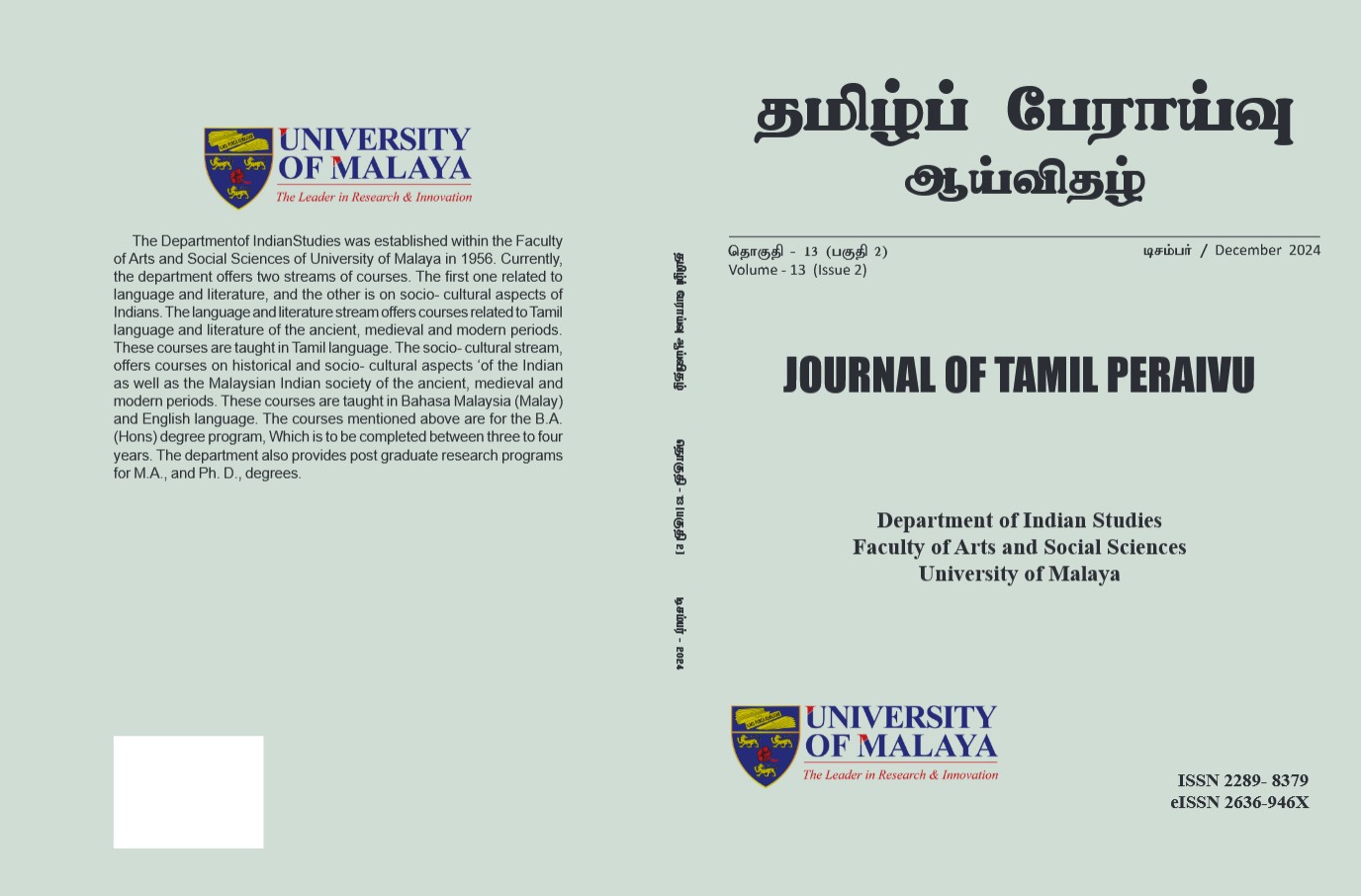அட்டாங்கயோகத்தில் இயமம் நியமம் - திருக்குறளினூடான பார்வை
The Principle of Yama and Niyama in Attanayoga - A View Through the Tirukkural
Keywords:
Attanayoga, Yama, Niyama, Thirukkural, Thirumantra, YogasutraAbstract
There are four ways to get pearls in Hinduism. One of them is Yoga. Yoga is meditation. The Patanjali Yogasutra and the Tirumantra describe eight types of yoga. The number represents the number eight. An element is a part. Yoga means union and union. It is said that its meaning is to grow and unite with God by grace. Atankayogam is said to describe the eight steps that the living entities must follow in order to be united with God. Of these two principles, the yama and the niyama, are the source of the yoga. If this is done, other rules can be applied. They are believed to provide physical and mental health to those who practice yoga and make them better yogis. The Patanjali Yoga Sutra has five yamas and the Tirumandira Yoga Sutra has ten yamas. They are falsehood, falsehood, falsehood, goodness, self-control, neutrality, reasonableness, impurity, blindness, and lack of lust. At the same time, the canon is characterized by asceticism, temperance, orality, the philosophers' own way of life, and the worship of God. This field of research is focused on identifying and revealing them in the form of scrolls. The Tirukkural, which is referred to as the universal scripture, is remarkable in that it contains in itself not only theological but also philosophical ideas. It is remarkable that Tirukkural has spoken of the concepts of Yama and Niyama as embodied in the Patanjali Yogasutra and the Tirumantra. The study is structured in terms of analytical and comparative research approaches. Data collected is analyzed and analyzed.



